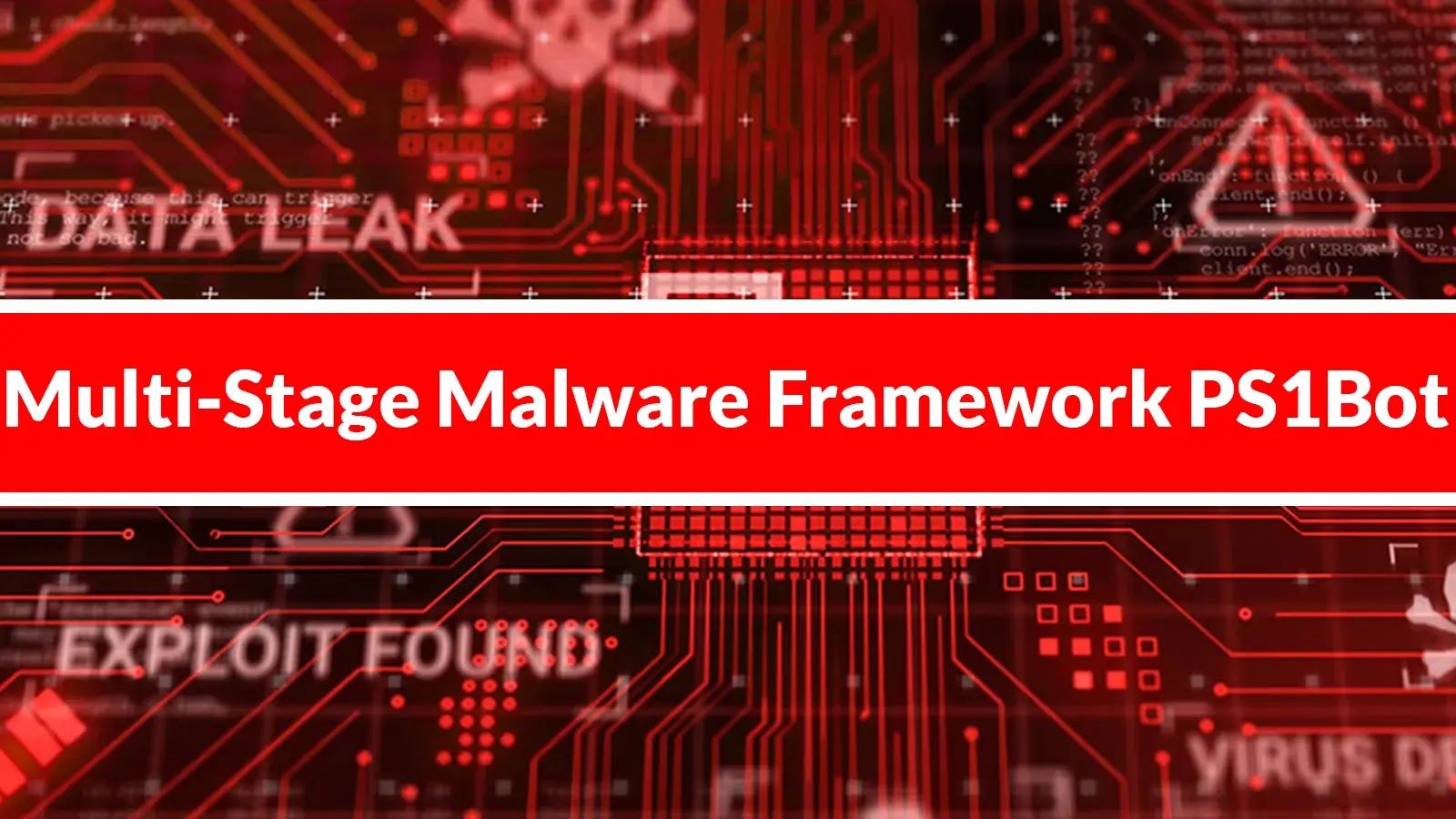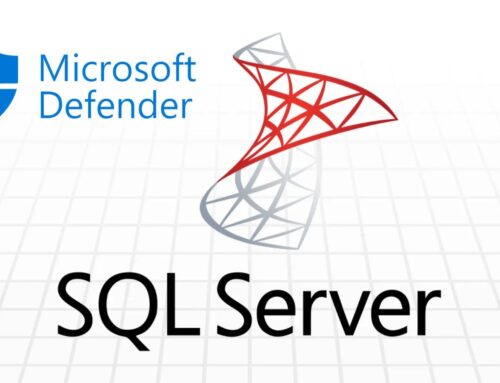
Threat Actors Attacking Windows Systems With New Multi-Stage Malware Framework PS1Bot
Organizations worldwide face a relentless barrage of cyber threats, and the agility of threat actors continues to evolve. A sophisticated new campaign targeting Windows systems with a multi-stage malware framework dubbed “PS1Bot” underscores this reality. This advanced threat represents a significant leap in attack methodologies, combining PowerShell and C# components to execute extensive information theft operations. Understanding PS1Bot’s tactics, techniques, and procedures (TTPs) is crucial for any organization aiming to bolster its cybersecurity posture.
Understanding PS1Bot: A Multifaceted Malware Framework
PS1Bot is not a monolithic piece of malware; it’s a multi-stage framework designed for stealth and persistence. Its modular architecture and reliance on in-memory execution are key to its success in evading traditional security mechanisms. The name “PS1Bot” hints at its primary components: PowerShell scripts and C# binaries working in concert.
- Multi-stage Delivery: The initial compromise likely involves common vectors such as phishing emails or exploited vulnerabilities, leading to the deployment of the first stage of the framework.
- PowerShell and C# Synergy: PowerShell scripts are often used for initial reconnaissance, execution of subsequent stages, and in-memory loading of C# components. The C# binaries then handle more complex tasks, including anti-analysis techniques and data exfiltration.
- In-Memory Execution: A significant characteristic of PS1Bot is its propensity for in-memory execution. This technique allows the malware to operate without writing persistent files to disk, making forensic analysis challenging and bypassing file-based antivirus detections.
Information Theft Capabilities and Evasion Techniques
The primary objective of the PS1Bot framework is extensive information theft. This includes, but is not limited to, harvesting credentials, sensitive documents, and system configuration data. The malware employs several sophisticated techniques to achieve its goals while remaining undetected:
- Data Exfiltration: Stolen data is typically compressed and exfiltrated to attacker-controlled command-and-control (C2) servers via encrypted channels, ensuring stealthy communication.
- Anti-Analysis Features: PS1Bot incorporates anti-analysis techniques to detect and thwart attempts by security analysts to reverse-engineer its components. These might include checks for virtual environments, debuggers, or specific security tools.
- Persistence Mechanisms: Despite its in-memory execution, PS1Bot integrates robust persistence mechanisms to maintain access to compromised systems even after reboots, ensuring long-term compromise and data theft opportunities.
Protecting Windows Systems from PS1Bot and Similar Threats
Defending against advanced multi-stage malware like PS1Bot requires a layered and proactive security strategy. Organizations must move beyond traditional perimeter defenses and adopt a more comprehensive approach. While no specific CVEs have been publicly associated with PS1Bot’s initial access vectors, general remediation best practices apply.
Remediation Actions
Implementing the following remediation actions can significantly reduce the risk of falling victim to PS1Bot and similar multi-stage attacks:
- Endpoint Detection and Response (EDR): Deploy and actively monitor EDR solutions. EDR platforms are designed to detect suspicious behaviors indicative of in-memory attacks, lateral movement, and data exfiltration, even when traditional antivirus might fail.
- PowerShell Logging and Script Block Logging: Enable comprehensive PowerShell logging and script block logging across all Windows endpoints. This provides critical forensic artifacts for detecting malicious PowerShell activity.
- Application Whitelisting/Control: Implement application whitelisting policies to prevent the execution of unauthorized executables and scripts. This can effectively block unknown malicious C# components.
- Regular Software Updates and Patching: Maintain a rigorous patching schedule for all operating systems and applications. Many multi-stage attacks leverage known vulnerabilities for initial access. Examples of exploited vulnerabilities could include CVE-2023-21715 (Microsoft Office Security Feature Bypass) or CVE-2023-21716 (Windows Kernel Elevation of Privilege), though these are generic examples and not specific to PS1Bot’s initial vector.
- Network Segmentation: Segment networks to limit the lateral movement of malware within the environment once a compromise occurs.
- User Awareness Training: Conduct regular security awareness training for employees to educate them about phishing, social engineering, and the importance of reporting suspicious activities.
- Principle of Least Privilege: Enforce the principle of least privilege for all user accounts and services. This limits the potential damage if an account is compromised.
Tools for Detection and Mitigation
| Tool Name | Purpose | Link |
|---|---|---|
| Microsoft Defender for Endpoint | Comprehensive EDR for Windows systems, behavioral detection. | Microsoft Defender |
| PowerShell Logging | System-level logging of PowerShell execution and script blocks. | Microsoft Docs |
| AppLocker | Application whitelisting and control for Windows. | Microsoft Docs |
| Sysmon | Advanced monitoring for behavioral analysis and forensic data. | Microsoft Sysinternals |
The emergence of PS1Bot signifies a continued evolution in cyberattack sophistication. Its reliance on multi-stage delivery, combined PowerShell and C# components, and in-memory execution presents a formidable challenge to traditional security defenses. Organizations must prioritize advanced EDR solutions, robust PowerShell logging, strict application control, and continuous user education to effectively deter and respond to such complex threats. A proactive and adaptive security posture is the only viable defense against the persistent and evolving strategies of modern threat actors.





